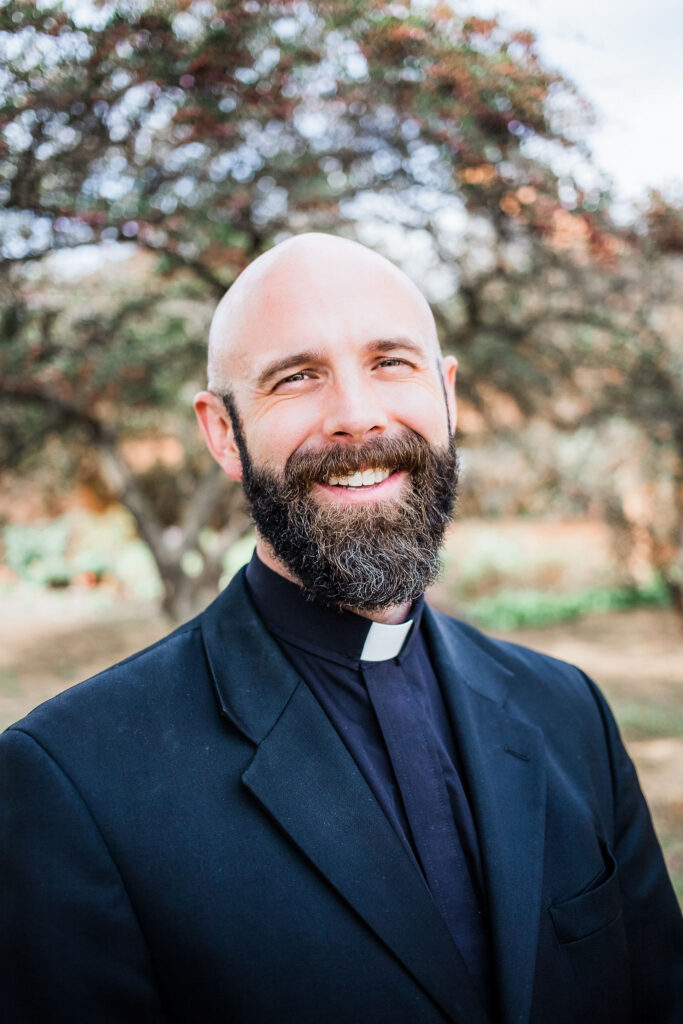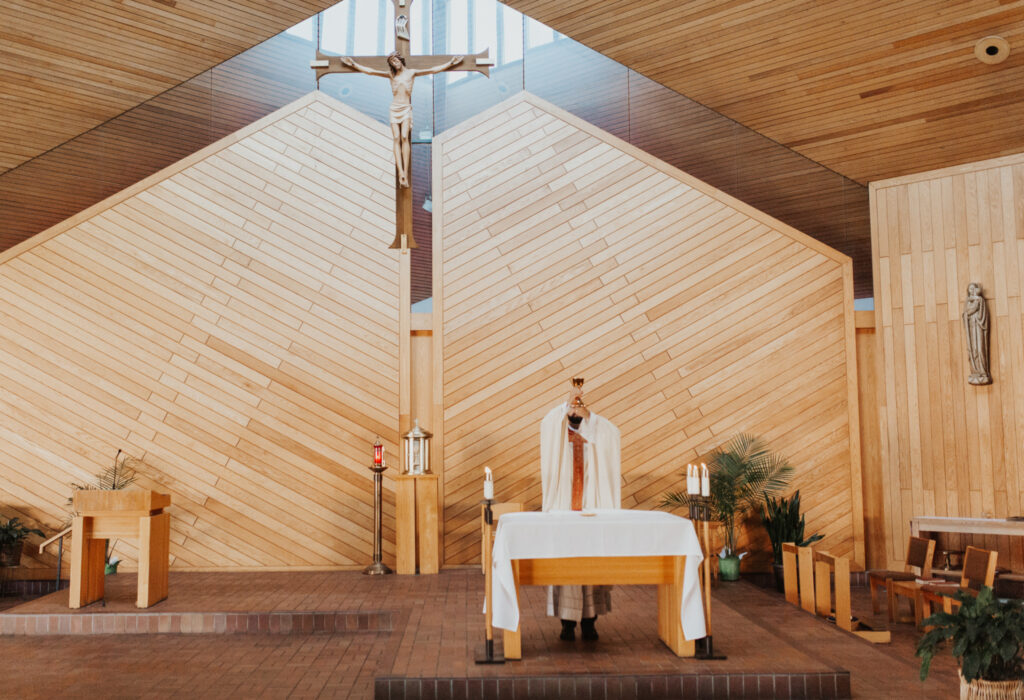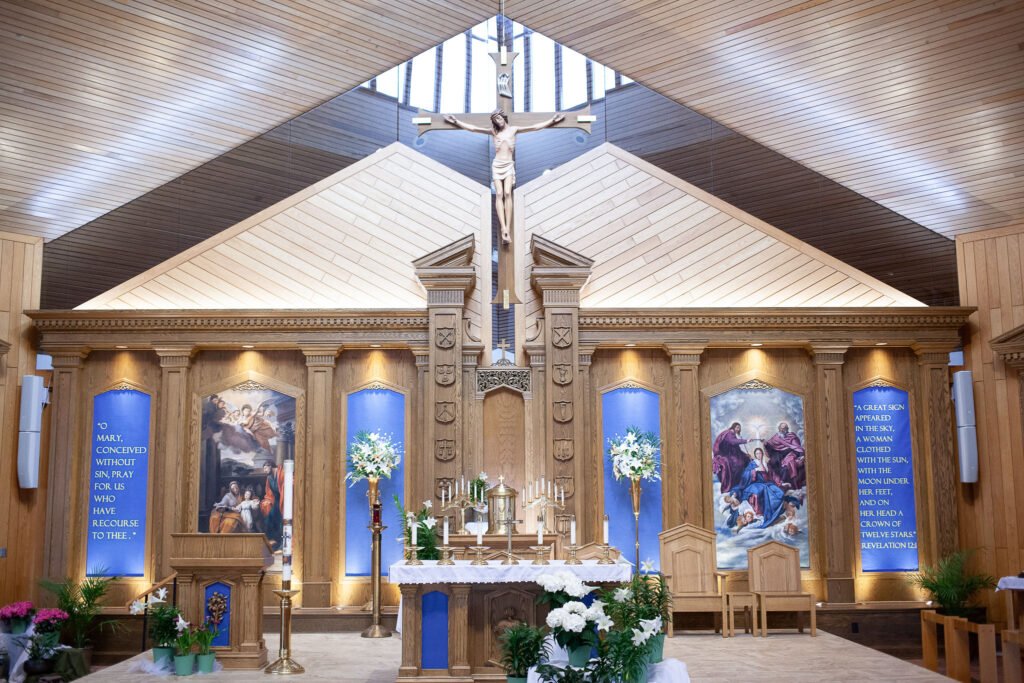 Father Nathan LaLiberte ‘07
Father Nathan LaLiberte ‘07
Archdiocese of St. Paul & Minneapolis
Nativity of Mary (Bloomington, MN)
How did you approach your parish community?
We took both a secular and a sacred approach. You will not find a restaurant that doesn’t update its facilities at least every ten years to make it look new. If you can tell me a restaurant that hasn’t updated in ten years, I’ll say we don’t need to touch our 25-year-old church. It’s not about novelty; it’s about understanding how humanity works. In elevating the sacred, we were very clear in explaining the symbolism—why six candles on the altar (for the wings of the seraphim) and why two pictures of Mary in the sanctuary (to show the beginning of her life on earth and end of her life in heaven, showing the two parts of our own journey). . . People got really excited realizing it wasn’t just “Fr. Nathan’s preferences” but part of the 2,000-year tradition and making this accessible to the next generation.
What did you learn at SJV?
My senior year of high school, I went through a substantial conversion. When applying for colleges, I wanted to go to a Catholic college to grow in my newly-developing faith. I didn’t know what confession was or how to pray the Rosary. I didn’t know the saints. I didn’t know virtues. I can honestly say the seminary gave me my 101 for Catholicism. The daily Holy Hour, Rosary, Liturgy of the Hours—all these things were foundationally impressed in me at seminary and haven’t waned. Fr. Baer was my rector and, as an architect, he spoke a lot about the power of architecture and the Church. He taught that how a building is composed teaches something. He is the one who introduced me to the Dostoyevsky quote John Paul II made famous in Catholic circles: “Beauty will save the world.”
Why does beauty matter?
If we’re feeling out of touch with God, beauty is a way to get back in touch because it expands. When you see a sunrise or sunset, your hands fall to your sides, your mouth opens wide, and you’re just like “This is beautiful.” It creates vulnerability. You’re just struck dumb because you didn’t realize how much “more” things were. And that’s what beauty does. It opens us up to the more. In The Last Battle, C. S. Lewis depicts beauty as it is meant to be: an infinite series of openings, higher in, higher up.


